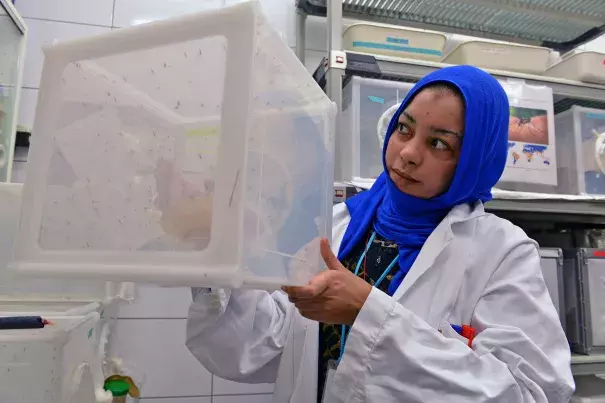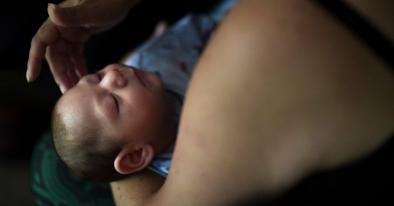Zika outbreak ‘fuelled by’ El Niño and climate change

The combination of a strong El Niño event and human-caused climate change created optimal conditions for the recent outbreak of the Zika virus in South America, a new study says.
...
The new study, published in the Proceedings of the National Academy of Sciences, finds that the outbreak was very likely fuelled by the unusually high temperatures of the last two years – a result of a very strong El Niño event on top of ongoing human-caused climate change.
...
An outbreak of Zika needs three main ingredients, says lead author Dr Cyril Caminade, a research associate in the Institute of Infection and Global Health at the University of Liverpool. He tells Carbon Brief:
The minimum requirement for a vector-borne disease outbreak is the presence of competent mosquito vectors (Aedes mosquitoes), the presence of the pathogen (Zika is believed to have entered Brazil in 2013 but the World cup in 2014 must have helped too), and the presence of a suitable host (humans).
There are then a series of factors that affect how far and how quickly an outbreak can spread. Some are socio-economic – such as poverty, access to sanitation, and the availability of healthcare and vaccines – but the climate ultimately “sets the background” to disease transmission, Caminade says.
The distribution of mosquitoes, how long they live, how often they bite, and the incubation period of the virus – i.e. how quickly mosquitoes become infectious after biting an infected person – all tend to increase in warm conditions, Caminade says. And heavy rainfall creates pools of water in which mosquitoes lay their eggs.
The researchers built a mathematical model to simulate these climate-related factors. Using observed data for 1950-2015, they assessed how climate affects the spread of Zika by the Aedes aegypti and Aedes albopictus mosquitoes.
You can see their results in the map below. It shows how the risk of spread of Zika in 2015 compared to the average risk since 1950. The red shading indicates where conditions for a Zika outbreak were more suitable than usual in 2015.
For South America, the risk of Zika transmission was higher in 2015 than at any time during the 1950-2015 period, the paper notes.
In other words, the warm conditions during the 2015-16 El Nino event – in addition to the background warming from human-caused climate change – made South America ripe for an outbreak of Zika.

The risk of transmission of the Zika virus (“R0”) in 2015, as a percentage difference from average risk for 1950-2015. Red shading shows areas with higher than average risk in 2015, while blue indicates lower than average risk. Source: Caminade et al. (2016).
Related Content



